Micrognathia
Micrognathia, an abnormally small lower jaw and receding chin, is a rare condition often related to a specific syndrome (Pierre Robin syndrome; occurring in 1 in 30,000 people). The prenatal diagnosis is usually made subjectively on the facial profile view with demonstration of a small, receding chin and the lower lip may reside posterior to the upper lip. The objective assessment, either mandibular length or jaw index, is helpful in subtle cases. Normative data are available. Polyhydramnios due to obstruction of the small oropharynx is very common.
Micrognathia can objectively be assessed through the calculation of the mandible width/maxilla width ratio on axial views obtained at the alveolar level. Mandible and maxilla widths were measured 10 mm posteriorly to the anterior osteous border.
Fig 1, Fig 2, Fig 3
The major causes of micrognathia are as follows:
- Trisomy 18 (most common, but subtle degrees in several cases)
- Trisomy 13
- Pierre Robin syndrome (combined with cleft palate and glossoptosis)
- Treacher Collins syndrome
- Skeletal dysplasia (campomelia, osteochondrodysplasia, short-rib syndrome)
- Pena-Shokeir phenotype
- Treacher Collins syndrome (mandibulofacial dysostosis)
- Disorder related to lack of mandibular movement, e.g. Pena-Shokeir phenotype (normal mandibular growth may depend on the presence of mandibular movement during intrauterine development).
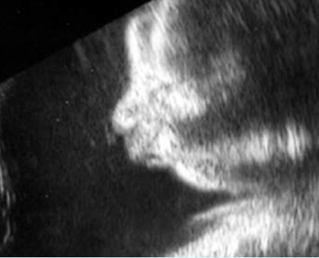
Fig 1: Micrognathia Facial profile view shows receding jaw
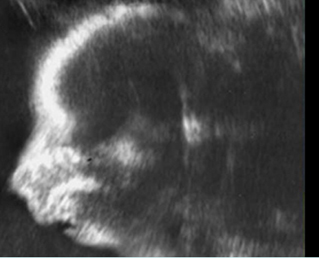
Fig 2: Micrognathia Facial profile view shows receding jaw
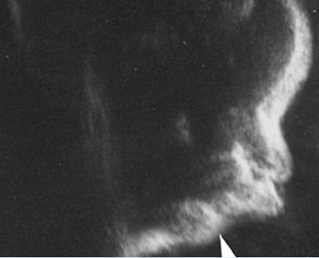
Fig 3: Micrognathia Facial profile view shows receding jaw
Video clips of facial clefts
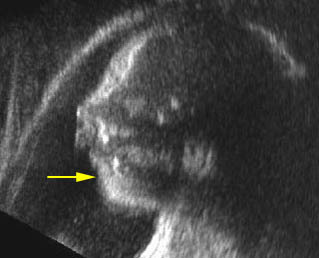
Micrognathia Facial profile view shows receding jaw (arrow)
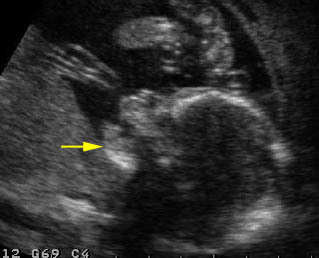
Micrognathia: Facial profile view shows small mandible (arrow)
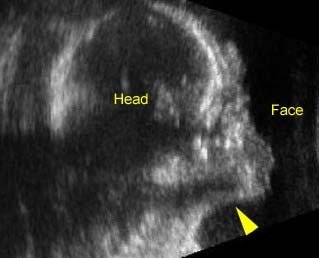
Micrognathia : Facial profile view shows markedly small chin (arrowhead) of the fetus with trisomy 13

